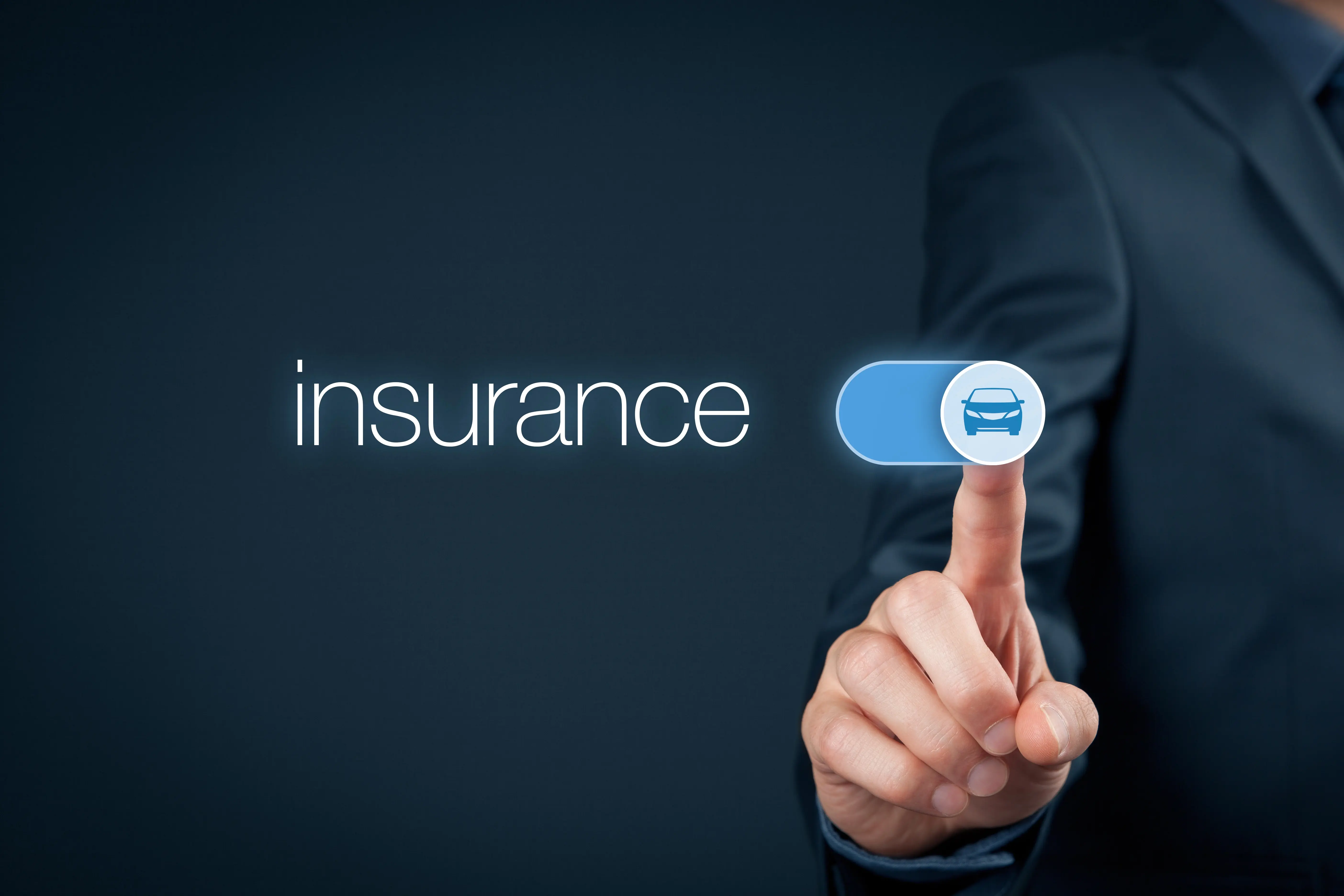Car Insurance in Texas
Whether you’re looking for the best quality or the cheapest prices, Texas has a variety of car insurance options for different types of drivers.
Compare Texas rates with Jerry

Texas Insurance Coverage (April 2025)
Texans pay a high price for car insurance because the state has the most fatal car accidents and hailstorms that damage vehicles. Drivers pay a monthly median of $206 for state-mandated minimum coverage.
This is higher than the national average for minimum coverage, which is currently $193.
Drivers in Texas are legally required to carry these minimum levels of coverage:
- $30,000 of bodily injury per person.
- $60,000 of bodily injury per per accident.
- $25,000 for property damage.
Car insurance by city in Texas April 2025
![Car Insurance in Texas ([monthyear]) 1 Cheap Car Insurance in Waco, TX](/wp-content/uploads/2024/11/Depositphotos_209515020_L.jpg)
Cheap Car Insurance in Waco, TX
Your car insurance rate in Waco, Texas is highly influenced by your driving history, age and other factors. Review quotes that other drivers in your area have received to find the cheapest rate.
![Car Insurance in Texas ([monthyear]) 2 Cheap Car Insurance in Austin](/wp-content/uploads/2024/11/Austin-Texas-scaled.jpg)
Cheap Car Insurance in Austin
Austin locals have the luxury of often-mild weather and quick travel times, but visitors and traffic congestion can complicate the commute.
![Car Insurance in Texas ([monthyear]) 3 Cheap Car Insurance in Fort Worth](/wp-content/uploads/2024/11/Fort-Worth-Texas-scaled.jpg)
Cheap Car Insurance in Fort Worth
A robust car insurance policy can serve Fort Worth drivers well as they navigate complex interchanges and occasionally-hazardous weather conditions.
![Car Insurance in Texas ([monthyear]) 4 Cheap Car Insurance in Houston](/wp-content/uploads/2025/01/Depositphotos_439338090_XL.jpg)
Cheap Car Insurance in Houston
Houston drivers can expect to pay higher car insurance premiums than those in more rural areas with fewer weather hazards, but it's still possible to find affordable coverage.
![Car Insurance in Texas ([monthyear]) 5 Cheap Car Insurance in Dallas](/wp-content/uploads/2025/01/Depositphotos_58788633_XL-scaled.jpg)
Cheap Car Insurance in Dallas
Dallas drivers may pay higher premiums than Texans in more rural areas, which means it's wise to cost-compare with multiple insurers to find the best rate.
![Car Insurance in Texas ([monthyear]) 6 Cheap Car Insurance in San Antonio](/wp-content/uploads/2025/01/Depositphotos_183418912_XL-scaled.jpg)
Cheap Car Insurance in San Antonio
As San Antonio's population grows, reliable car insurance is a must-have for residents.
![Car Insurance in Texas ([monthyear]) 7 Cheap Car Insurance in El Paso](/wp-content/uploads/2024/11/El-Paso-Texas-scaled.jpg)
Cheap Car Insurance in El Paso
El Paso drivers have the added stress of crowded border crossings, meaning affordable and robust car insurance is a must-have.
![Car Insurance in Texas ([monthyear]) 8 Cheap Car Insurance in Arlington, TX (2025)](/wp-content/uploads/2024/11/Arlington-Texas-scaled.jpg)
Cheap Car Insurance in Arlington, TX (2025)
Arlington is a high-traffic urban area, meaning car insurance costs may be higher than more rural parts of Texas. It's wise to comparison shop with multiple insurers to find the cheapest policy.
Find affordable car insurance in minutes.
Check out recent quotes Jerry customers have gotten for car insurance in Texas.
|
Date of Policy
|
Insurance Company
|
Monthly Quote
|
|---|---|---|
| April 1, 2025 | Root | $261 |
| March 31, 2025 | The General | $90 |
| March 31, 2025 | Clearcover | $340 |
| March 31, 2025 | The General | $697 |
| March 31, 2025 | Progressive | $135 |
Last Updated Apr, 2025
Learn more about driving in Texas

Xuyun Zeng, Feb 17, 2025
How Do I Get a Driver’s License with an H4 Visa?
Steps to get a driver’s license with an H-4 visa, including required documents and proof of residency, SSN ineligibility letter, and identity verification.
Xuyun Zeng, Feb 17, 2025
How Do I Register My Car in Texas From Out of State?
Steps to register an out-of-state vehicle in Texas, including insurance, inspection, and applying for a Texas title and registration.
Mariza Morin, Feb 17, 2025
Everything You Need to Know About Texas Towing Laws
Illegally parked, abandoned, or stolen vehicles can be legally towed in Texas. You’ll have 30 days to pay for retrieval.
Car insurance companies in Texas

Annie Millerbernd, Mar 12, 2025
Assurance America Car Insurance Review 2025
Assurance America is a small insurer that provides sound customer service in a select number of states.
Annie Millerbernd, Jan 13, 2025
National General Car Insurance Review 2025
National General provides coverage for drivers with less-than-perfect records. Compare National General to other insurers to find the right coverage for you.
Annie Millerbernd, Jan 8, 2025
Progressive Auto Insurance Review 2025
Jerry rates Progressive 4.6 stars out of 5. This score is higher than many other insurers that Jerry rates and takes into account the insurer’s pricing, industry ratings, customer ratings, financial strength and national complaint data. Progressive stands out for its many optional policy add-ons, including rideshare insurance, coverage for pets injured in an accident, […]
State of Texas resources
